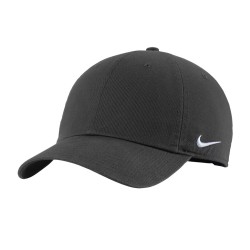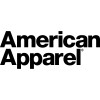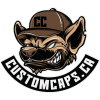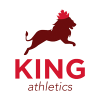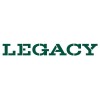DTF Printing: Solid Fill vs Halftone
Choosing between Solid Fill and Halftone can dramatically change how your DTF print looks, feels, and performs. Here’s a clear breakdown to help you decide which option works best for your design.
DTF (Direct-to-Film) printing transfers your design onto a garment using heat and adhesive. While the printing method stays the same, the fill style you choose—Solid Fill or Halftone— affects opacity, texture, flexibility, and overall visual impact.
- Solid Fill: full ink coverage with bold, opaque colour
- Halftone: dot-based patterns that simulate shading or gradients
What Is Solid Fill in DTF Printing?
Solid Fill uses 100% ink coverage in the printed areas. This results in dense, vibrant colour with no visible patterning.
- High-opacity, bold appearance
- Smooth, uniform colour fields
- No dots or visible texture
- Excellent for logos, text, and flat artwork
Example: A red logo prints as a fully filled, solid shape with strong colour saturation.
What Is Halftone in DTF Printing?
Halftone printing uses tiny dots spaced at varying distances to create the illusion of gradients, shadows, or lighter tones.
- Lower ink density compared to Solid Fill
- Visible dot pattern up close
- Softer, lighter feel on fabric
- Ideal for shading, photos, or vintage effects
Example: A black gradient fades smoothly by spacing dots farther apart.
Solid Fill vs Halftone: How Do Gradients Work?
Both techniques can produce gradients, but they do so very differently:
- Solid Fill gradients use smooth colour transitions with continuous ink
- Halftone gradients simulate fades using dot spacing
- Solid gradients appear cleaner and more modern
| Gradient Type | Appearance | Best Use |
|---|---|---|
| Solid Fill | Smooth and vivid | Modern branding, clean artwork |
| Halftone | Dotted, textured | Retro looks, shading, photos |
How Does Each Style Affect the Final Print?
| Feature | Solid Fill | Halftone |
|---|---|---|
| Ink Coverage | Dense, opaque | Variable dot density |
| Print Feel | Heavier | Lighter, more breathable |
| Best For | Bold logos, text | Shading, detailed artwork |
Which One Lasts Longer?
Both Solid Fill and Halftone prints use the same adhesive layer, so durability is similar. However:
- Solid Fill may crack sooner if applied too thick
- Halftone designs flex more easily over time
Proper curing, pressing, and washing habits matter more than the fill style itself.
When Should You Choose Solid Fill?
- Bold logos or typography
- Flat artwork with minimal shading
- Opaque designs on dark garments
- Clean, high-impact branding
When Is Halftone the Better Choice?
- Vintage or retro-style designs
- Gradients and shadows
- Photo-based or highly detailed artwork
- Prints that need a softer feel
Can You Combine Solid Fill and Halftone?
Yes. Many professional DTF designs use both:
- Solid Fill for logos and main elements
- Halftone for shadows, depth, and transitions
Final Thoughts: Solid Fill vs Halftone
If your goal is bold, vibrant branding—Solid Fill is usually the right choice. If you want texture, softness, or detailed shading—Halftone delivers better results.
Not sure which to choose? A digital proof or sample can make the difference before printing.

